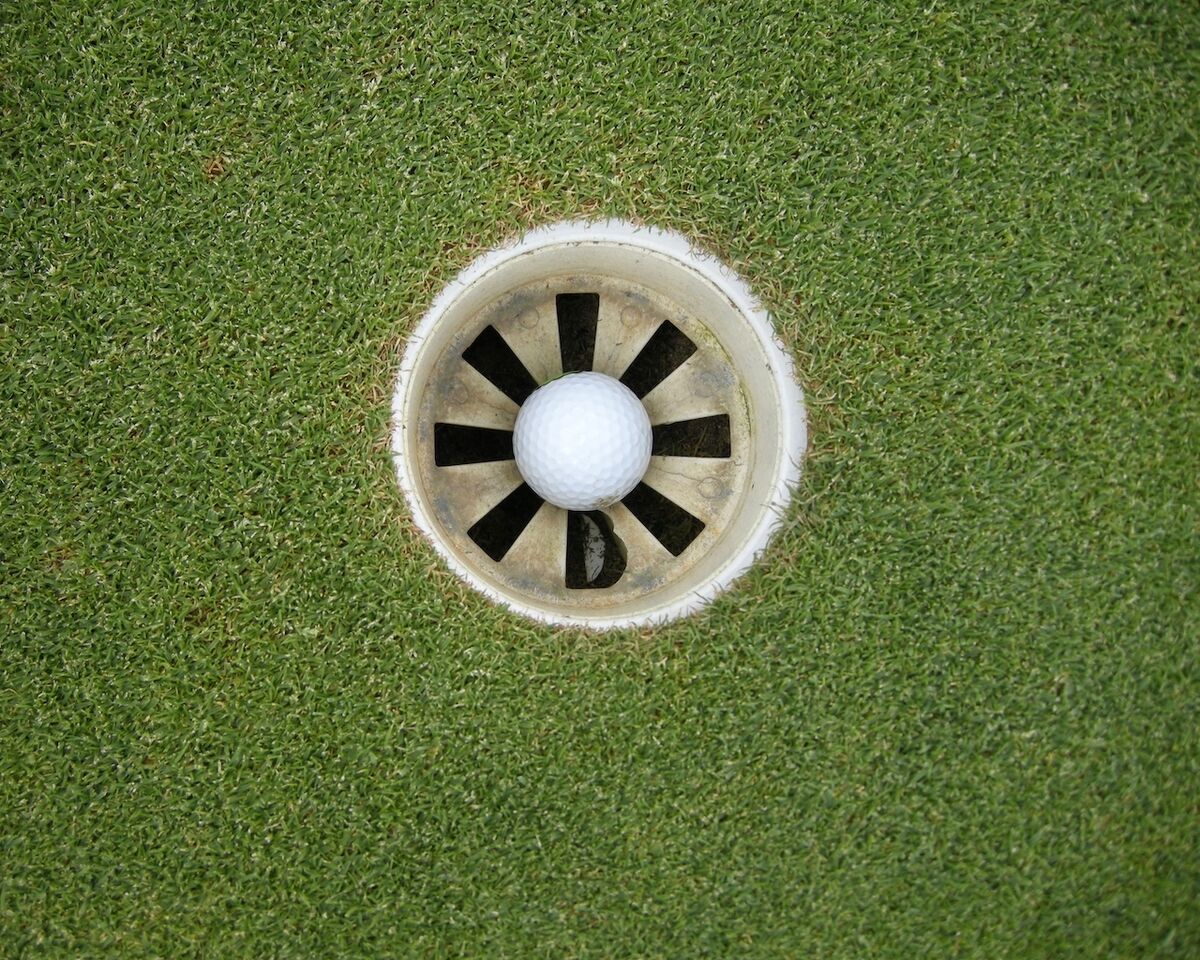Golf Hole 101: History and Facts Everyone Should Know

When you think about the size of the golf hole compared to the course itself, golf really is a mind-blowing game. The diameter of a golf hole is only 4.25 inches. If you’re on a cold streak with your putter, it looks even more minuscule than that. How exactly did golf end up with such a small hole? Here’s a look at the history and facts of the golf hole.
Think about this: a 400-yard par 4 that measures 70 yards wide contains more than 9 million square inches of surface area. The golf hole, with a diameter of 4.25 inches, has a surface area of just 14.19 square inches. No wonder there are so many frustrated golfers.
History of the 4.25 Inch Golf Hole
It’s easy to imagine that in the early days of golf throughout the 18th and 19th centuries, there was no consistency among golf hole sizes from course to course. That officially changed in 1891 when golf’s governing body, the Royal and Ancient (R&A) standardized the size of the golf hole to 4.25 inches, the size it remains today.
Of course, the powers that be at the R&A didn’t just wake up one day in 1891 and decide that every golf hole in the world should be 4.25 inches in diameter. That particular size had been used by some courses since 1829, when the first version of a hole-cutter was created at Musselburgh Links in Scotland. Despite the hole-cutting tool, various courses utilized various hole sizes, including some six-inch holes, throughout much of the 1800s, until the R&A intervened.
Hole Size Matters
Golfers often take the size of the hole for granted. There’s not a lot of 19th-hole chatter about the dimensions of the hole. But the fact is, the size of that little cup has a massive impact on the game. The size of the hole largely dictates putting difficulty, which largely dictates pace of play and overall enjoyment of the game.
PGA Tour players make about 50% of their putts from eight feet. Meanwhile, the average bogey-golfer makes about half of their five-footers. Those distances would obviously increase on a larger hole, speeding things along on the green, while simultaneously lowering scores.
To test this theory, TaylorMade Golf supported an experiment with a 15-inch cup in 2014. Predictably, the larger hole results in fewer putts, lower scores, and quicker rounds. 2013 U.S. Open Champion Justin Rose was among the professionals to give the 15-inch holes a spin.
“With the 15-inch cup, you’re not grinding over four-footers,” Rose said at the time. “Even six-, eight-footers are pretty much a tap-in.”
How the Golf Hole Size Compares
Holing a putt of almost any distance requires precision. That’s why those nervous three-footers are often referred to as knee-knockers. Just for fun, here’s a look at how the size of a golf hole stacks up against the target or goal in other sports.
Sport | Dimensions | Surface Area |
Golf Hole | 4.25-inch diameter | 14.19 square inches |
Soccer Goal | 8 feet x 24 feet | 192 square feet |
Basketball Hoop | 18-inch diameter | 254.47 square inches |
Dart Board Bullseye | 0.5-inch diameter | 0.19 square inches |
Conclusion
Obviously, a large-scale change to the hole size never gained traction, and it’s nearly impossible to imagine golf’s governing bodies signing off on a larger hole any time in the future. But, it’s interesting to think how the game might be different if a six-inch hole became standard back in the 1800s, instead of the 4.25-inch version we play today.